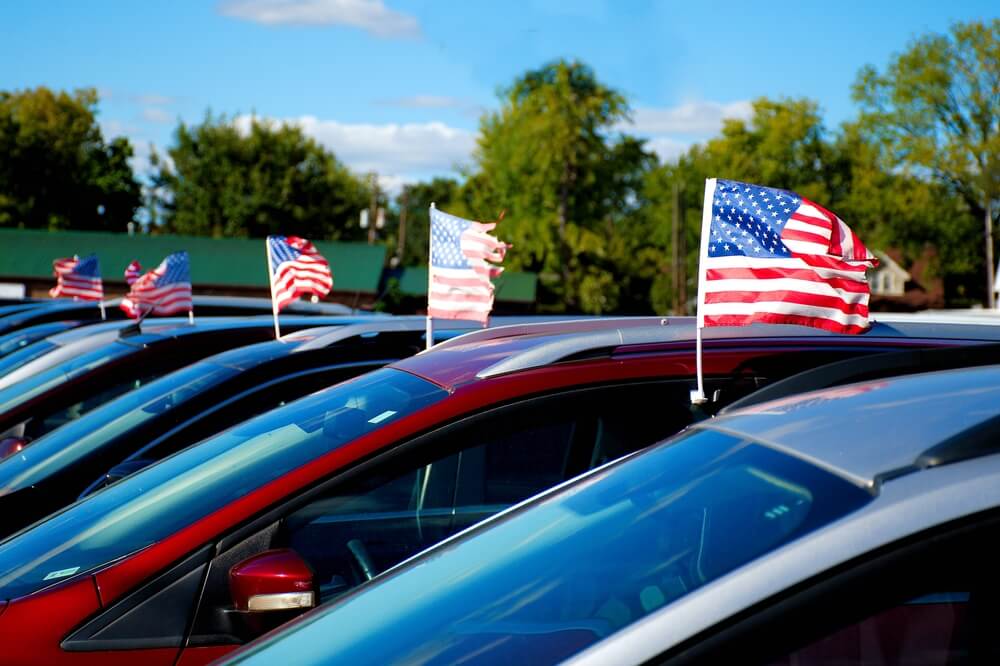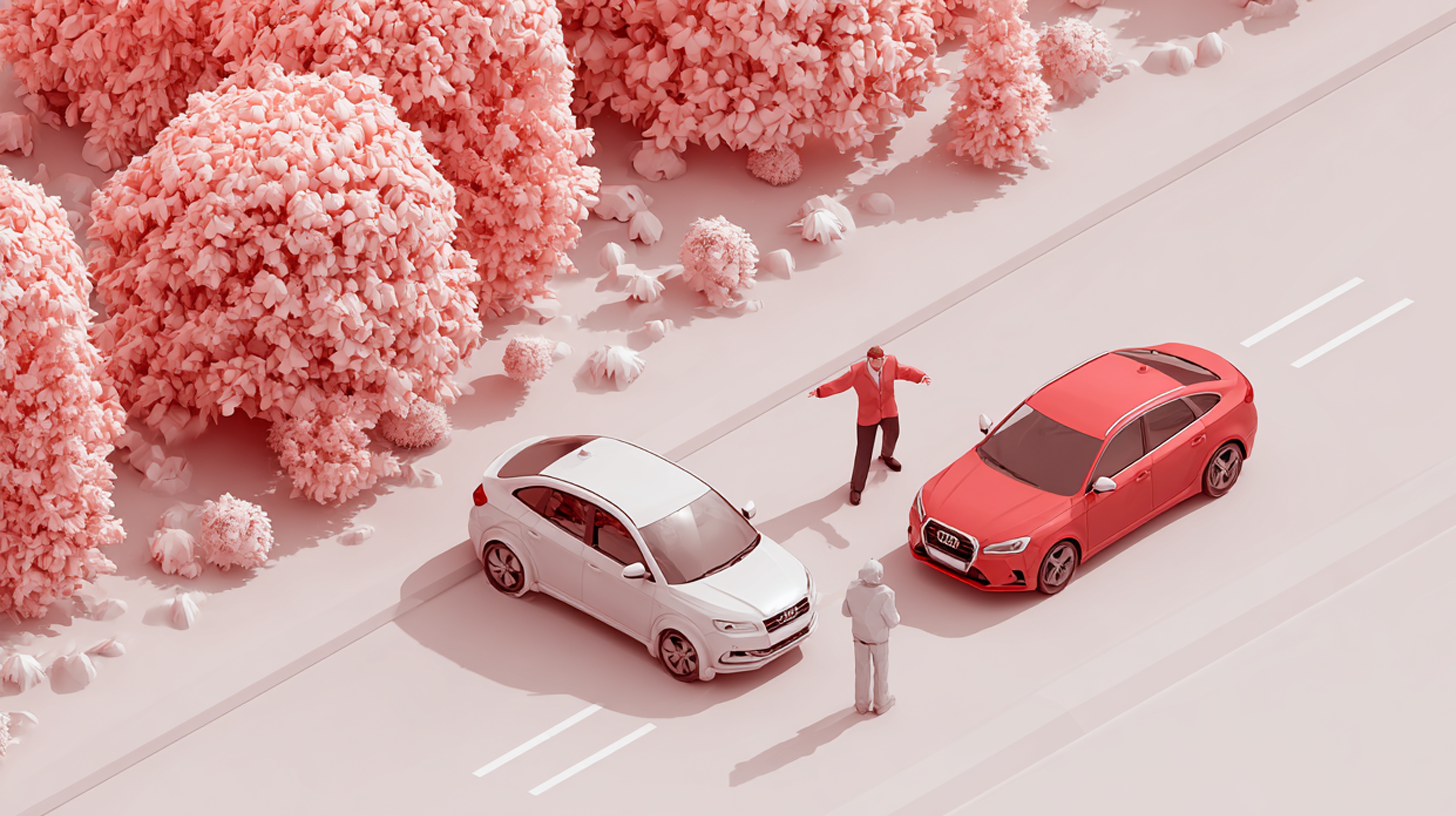
If you are not redirected within 30 seconds, please click here to continue.
Samedi: 10h – 16h HAE

If you are not redirected within 30 seconds, please click here to continue.
If you are not redirected within 30 seconds, please click here to continue.
This article has been updated from a previous version.
The cost of living in Canada can vary significantly from one region to another. Food, gasoline, housing; these expenses and other necessities fluctuate depending on where you live. The same holds true for the cost of car insurance.
Across Canada, car insurance rates vary considerably. Ontario is the second-most expensive province for car insurance after Alberta, prompting many drivers to wonder — why is Ontario car insurance so expensive?
Of Canada’s 10 provinces, three feature government-owned and operated car insurance systems: B.C., Saskatchewan, and Manitoba. In Quebec, the government manages auto insurance for bodily injuries; otherwise, private insurance providers offer property damage insurance.
The other six provinces – Newfoundland and Labrador, Nova Scotia, New Brunswick, Prince Edward Island, Ontario, and Alberta – have private auto insurance systems, as do Canada’s three territories (Nunavut, Yukon, and the Northwest Territories).
For provinces like Ontario with private insurance systems, multiple for-profit insurance companies compete with each other and spur innovation, which can help to drive down the price of insurance. But the private-is-cheaper argument doesn't always hold up.
Which province has the most expensive car insurance?
According to the Insurance Corporation of British Columbia (ICBC), the estimated annual auto premium for a 40-year-old female driving a 2017 Ford Escape SE with a clean record in nine provinces in 2022 (Quebec excluded) were:
- Calgary, Alberta: $2,042
- Thunder Bay, Ontario: $1,691
- St. John’s, Newfoundland and Labrador: $1,507
- Saint John, New Brunswick: $1,447
- Sydney, Nova Scotia: $1,433
- Vancouver West End, British Columbia: $1,320
- Esterhazy, Saskatchewan: $1,208
- Winnipeg, Manitoba: $1,187
- Charlottetown, Prince Edward Island: $1,085
But that was 2022. Now, the average Ontario car insurance premium is $1,744, according to Rates.ca’s data from May 2023. Furthermore, drivers in Toronto pay an average of $2,325 for a standard auto policy.
The COVID-19 pandemic, however, upended how often insurance rates rise in Ontario. The Financial Services Regulatory Authority (FSRA), Ontario’s car insurance regulator, decides whether an insurer can increase or decrease their rates. Throughout 2020 and into 2021, many insurers offered rebates, discounts, and other forms of relief to their customers to help them cope with the pandemic’s financial fallout rather than seeking rate increases.
Now, drivers province-wide are back on the road and insurance companies have faced financial strain brought on by inflation, part delays, long repair times, high theft rates, and more substantial claims, causing FSRA to approve rate increases,
Why is auto insurance so high in Ontario?
Many variables determine what your auto premium is. Some of them include:
- Your driving record and experience
- Your age, gender, and marital status
- The type of vehicle you drive and how many kilometres you travel annually
- Whether or not you use your vehicle to commute to work
What you pay for auto insurance also depends on the type of policy you choose and whether you include optional coverages like collision and comprehensive insurance. Also, if you opt to boost the mandatory coverage limits, such as third-party liability, accident benefits, and uninsured auto protection, that too can raise the cost.
But other factors can influence the cost of insurance beyond any one driver’s control. These include:
- Fraud. The Insurance Bureau of Canada (IBC) says insurance fraud costs every Ontario driver up to $236 a year. Think about that in the context of the cost of your auto policy. Up to $236 of what you pay for insurance covers the cost of fraudulent insurance claims every year.
- Extreme weather. The weather across Canada is changing. There are more catastrophic storms taking place more frequently in all parts of the country. Severe weather caused $3.1 billion in insured damages in 2022 (up significantly from $2.1 billion in damages in 2021). Here in Ontario, the two costliest weather events in 2022 were a windstorm in May ($1 billion in damages) and Hurricane Fiona in September ($800 million in damages).
- Distracted driving. Motorists who aren’t paying full attention to driving because they’re fiddling with a mobile device, eating, or doing anything other than concentrating on the road are, in part, increasing the cost of our insurance. That’s because distracted driving leads to more car crashes, injuries, and deaths — and with them, more claims.
- The cost to repair vehicles. There was a time when if you got into a minor fender-bender, and you needed to get the bumper on your car adjusted, it would cost you a couple hundred bucks. Those days are long gone. The vehicles driven today are kitted out with rear-view cameras, sensors in mirrors and other safety features — often in places on the vehicle that are most susceptible to damage. Even a vehicle’s headlights may have sensors in them. That means a minor repair or regular maintenance can cost a lot of money nowadays. For example, one Mississauga woman was shocked to learn how much it would cost to replace the headlights on the Mercedes she was leasing: $7,000.
Car insurance: compare rates online to get the best price
Regardless of where you live in Ontario, finding the best possible price for the car insurance coverage you need comes down to a few clicks. Take advantage of Rates.ca’s free auto quoting tool to compare car insurance premiums from a broad range of insurers.
Don't waste time calling around for auto insurance
Use Rates.ca to shop around, and compare multiple quotes at the same time.
Get money-saving tips in your inbox.
Stay on top of personal finance tips from our money experts!











